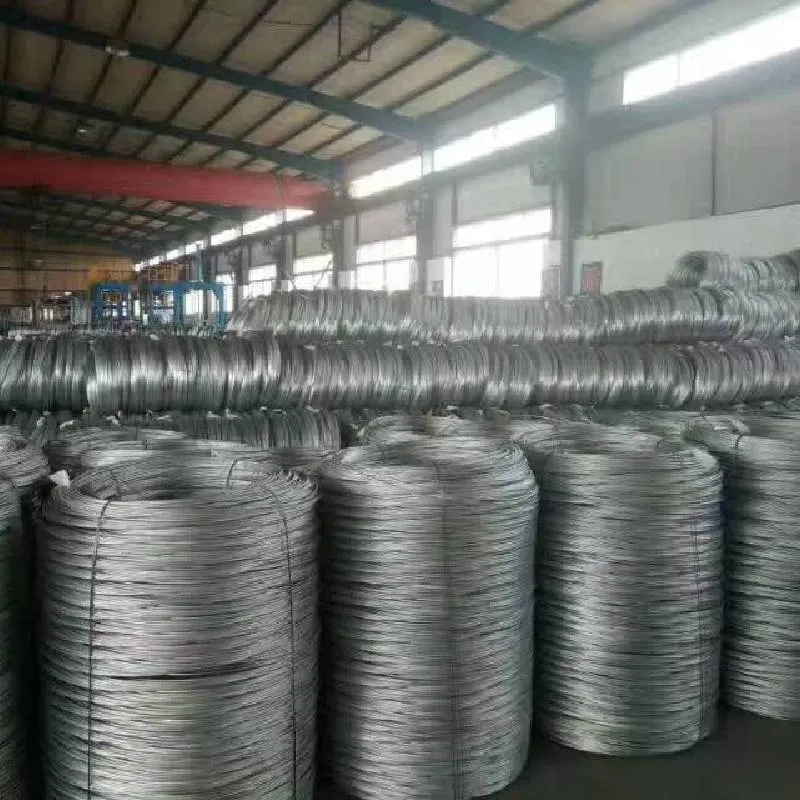
- Mobile Phone
- +8613931874955
- sales@cntcmetal.com
Small Compression Spring Assortment | High-Quality Springs for Various Applications
Understanding Small Compression Spring Assortments A Comprehensive Guide
Compression springs are one of the most versatile and essential components in various mechanical and industrial applications. Among them, small compression springs play a crucial role due to their compact size and ability to exert force in limited spaces. This article explores the significance of small compression spring assortments, their applications, and the factors to consider when selecting them.
What are Small Compression Springs?
Small compression springs are coil springs that are designed to operate under axial loads. They are created to compress when a load is applied and return to their original shape once the load is removed. These springs are often made from high-quality materials like stainless steel, music wire, or oil-tempered wire to ensure durability and resilience.
Importance of Assortments
A compression spring assortment typically includes a variety of springs in different sizes, wire diameters, and spring rates. This variety allows engineers and hobbyists to select the most suitable spring for their specific applications without having to order each spring individually. Having an assortment on hand can save time and streamline the design process, making it easier to troubleshoot and prototype.
Applications of Small Compression Springs
Small compression springs are used extensively in diverse sectors. In the automotive industry, they provide critical functions in sensors, throttle valves, and suspension systems. In consumer electronics, they can be found in devices like remote controls, keyboards, and cameras, where space is limited but reliable performance is required. Additionally, they play a vital role in medical devices, helping maintain functionality in equipment such as automated dispensers and monitoring devices.
small compression spring assortment

Factors to Consider
When selecting a small compression spring assortment, several factors need to be considered
1. Load Requirements It is essential to understand the amount of force the spring needs to handle. The spring's rate, which indicates how much force is needed to compress it a certain distance, should match the application's requirements.
2. Material Selection The material of the spring affects its performance, durability, and resistance to corrosion. For environments with high humidity or exposure to chemicals, stainless steel is often preferred.
3. Space Limitations Given that small compression springs are often used in confined spaces, dimensions and coil design (ground ends, open ends, etc.) should be evaluated to ensure proper fit and functionality.
4. Fatigue Resistance Ensure the spring can withstand repeated cycles of compression and extension without losing its properties or breaking.
Conclusion
In conclusion, small compression spring assortments are invaluable for engineers and designers working on compact and intricate systems across various industries. By understanding the functional requirements and carefully selecting the right springs, users can ensure optimal performance and reliability in their applications. With a diverse range of sizes and specifications available in assortments, finding the perfect match for any project can can be efficient and effective.
share:
-
Your Source for Concrete Wall Ties and Masonry AccessoriesNewsJul.10,2025
-
Unlocking the Power of Iron Wire for Every ProjectNewsJul.10,2025
-
Explore Advanced Chain Wire and Stainless Steel Mesh FencingNewsJul.10,2025
-
Discover the Benefits of Annealed Wire ProductsNewsJul.10,2025
-
Discover China Stainless Steel Wire Mesh SolutionsNewsJul.10,2025
-
Build with Confidence Using High-Performance Masonry AccessoriesNewsJul.10,2025
-
Why Sacrificial Formwork Is Redefining Underground ConstructionNewsJun.06,2025



















